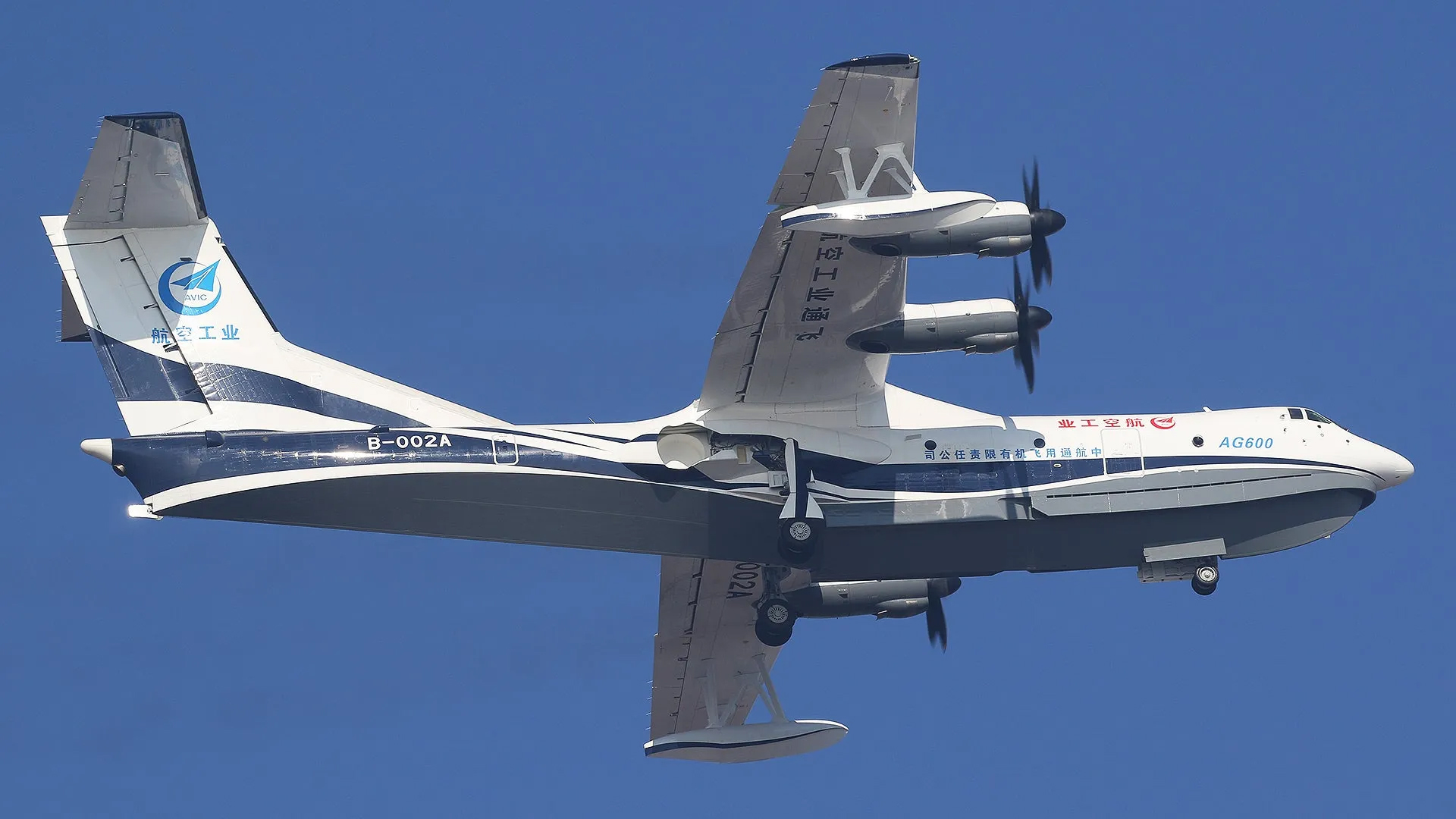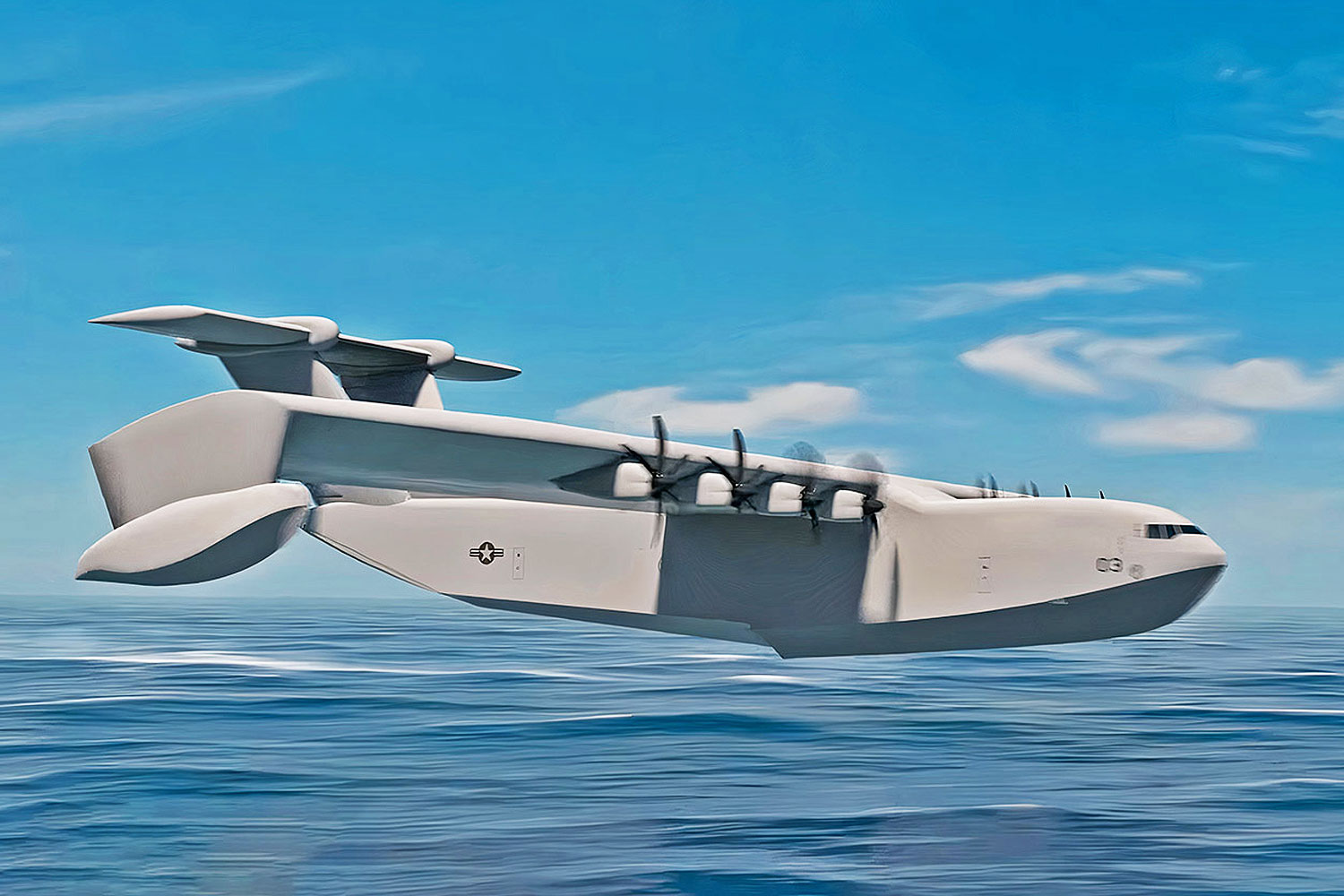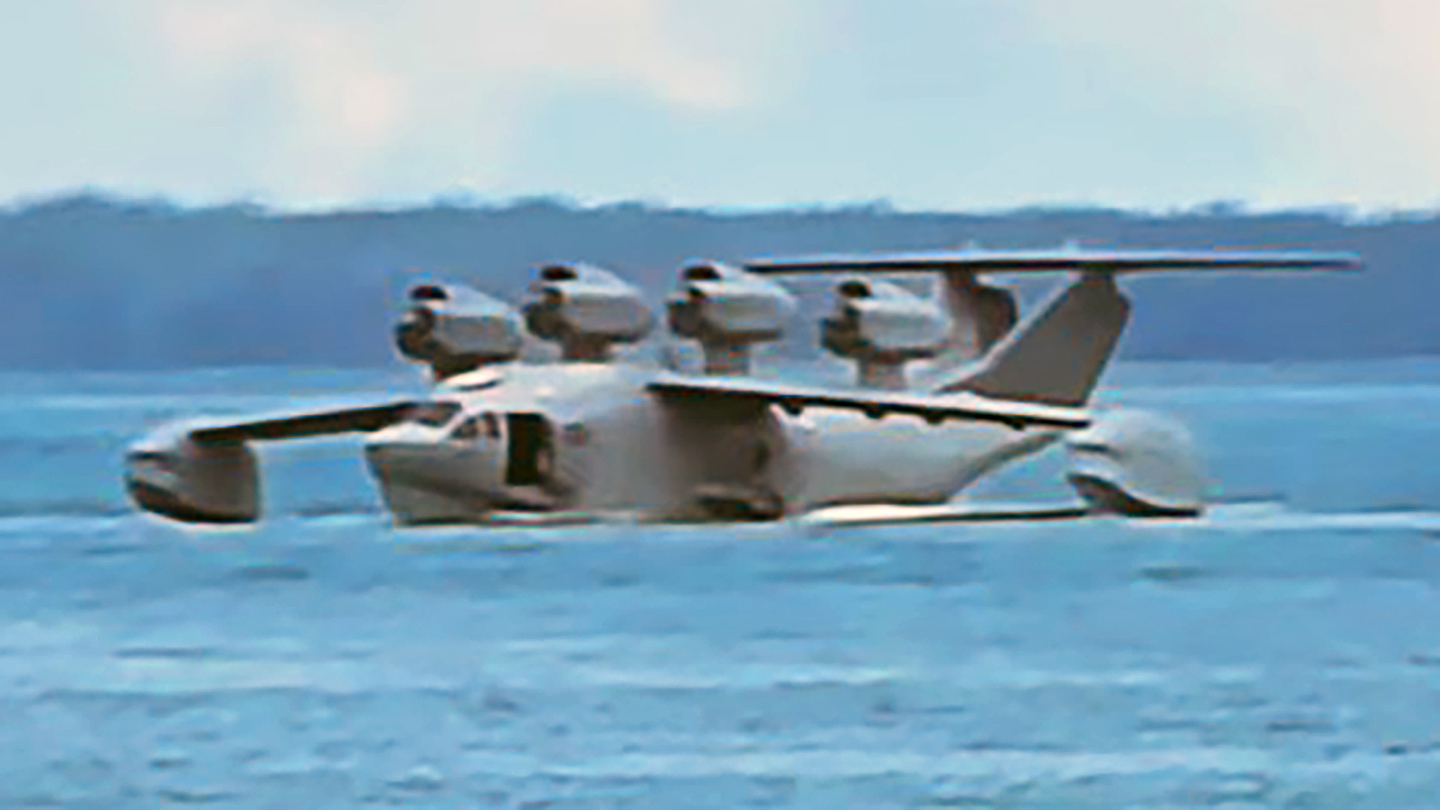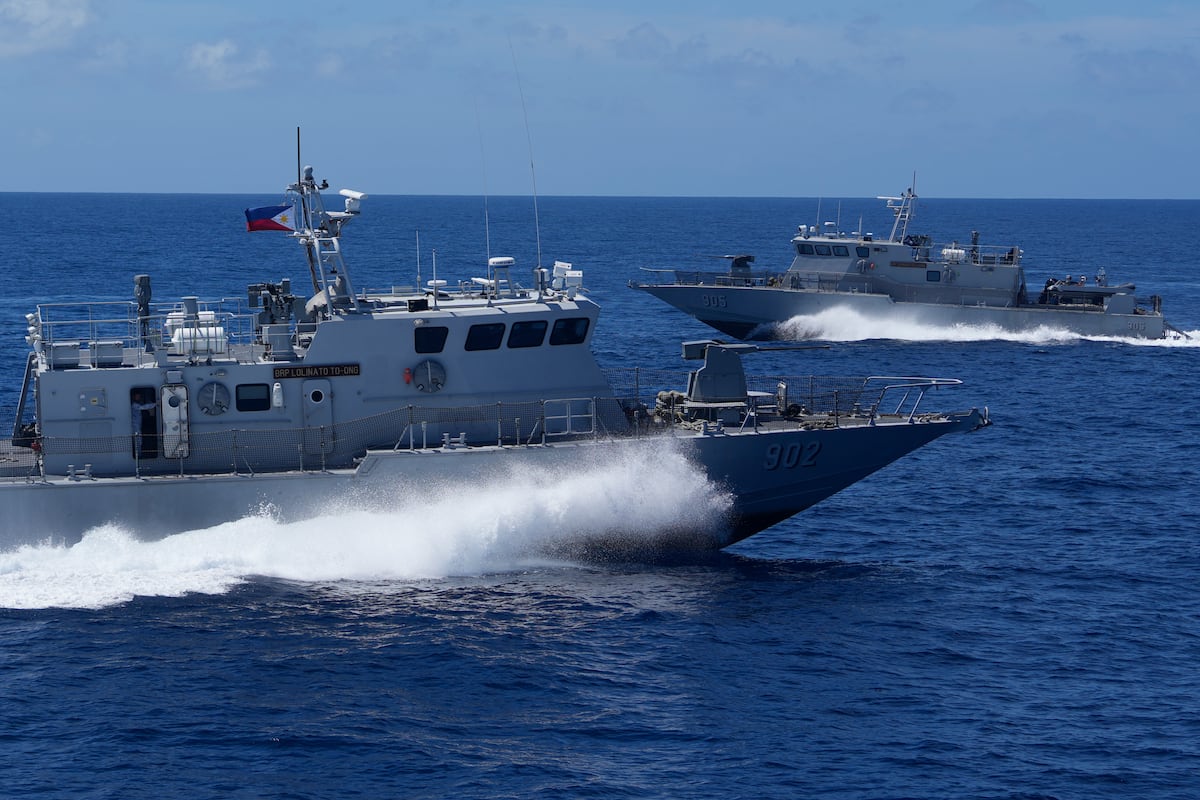Railgun Installed On Japanese Warship Seen In New Photos
The TWZ Newsletter
Weekly insights and analysis on the latest developments in military technology, strategy, and foreign policy.
New pictures have emerged showing work being done on the Japan Self-Defense Forces’ prototype electromagnetic railgun currently installed on the test warship JS Asuka. An at-sea test of the weapon in this configuration is expected to come before the end of the month, if it has not occurred already. Japan’s continued developments in this realm stand in notable contrast to the U.S. Navy’s shelving of its promising pursuit of this category of weapons in the early 2020s after major technical hurdles emerged.
The images of Asuka and its railgun in port in Yokosuka, seen at the top of this story and below, come from @HNlEHupY4Nr6hRM on X who originally posted online. All of the images were taken on June 30. Additional photos of the ship taken recently are also circulating online. Asuka, a 6,200-ton-displacement dedicated testbed with a warship-like design, first emerged with the turreted railgun on its stern flight deck in April.
A broad view of JS Asuka in port in Yokosuka with the turret railgun (seen here covered) installed on its stern flight deck. @HNlEHupY4Nr6hRM
The pictures show the shroud around the railgun removed so that work can be performed on the weapon inside. This confirms that the railgun installed in the turret on Asuka is extremely similar, if not identical, to a prototype that the Japanese Ministry of Defense’s Acquisition, Technology & Logistics Agency (ATLA) has been testing on land and sea for a number of years now. TWZ had posited that this was likely the case based on what was visible in previous available imagery. How exactly the design may have evolved over the years is unclear.
A close-up look at the front end of the railgun with the shroud removed. @HNlEHupY4Nr6hRM
A look at the turret with the shroud around the railgun still fitted. @HNlEHupY4Nr6hRM
A composite image showing, at top, close-ups of the muzzle end and rear of the railgun now installed on JS Asuka as seen in previously released images, and of a prototype railgun that ALTA has shown in the past, at bottom. ATLA/JMSDF
Also visible are what look to be several containerized generators and/or capacitors, as well as other shipping containers that could contain additional systems or workspaces. Railguns, which use electromagnets instead of chemical propellants to fire projectiles at very high velocities, have historically had significant power generation and cooling requirements. These demands mean that complete railgun weapon systems are typically physically very bulky.
With all this in mind, TWZ previously noted that installing the railgun turret Asuka‘s flight deck made good sense from a testing perspective, given the ample open space it offered. Integrating the weapon onto an operational warship in a traditional manner would require meeting the power and cooling demands, as well as finding sufficient space below deck for the various components, in addition to the time and resources for those more extensive modifications.
A picture of the railgun turret on JS Asuka that the Japan Maritime Self-Defense Force (JMSDF) released in April. JMSDF
Railguns present additional challenges when it comes to the wear and tear of sustained firing of projectiles at very high speeds. As barrels quickly wear out from extreme friction, the weapon’s range and accuracy are degraded, and the potential risk of a catastrophic failure can emerge.
In past testing, ATLA has reportedly demonstrated the ability to fire rounds at a velocity of around 4,988 miles per hour (2,230 meters per second; Mach 6.5) while using five megajoules (MJ), or 5 million joules (J), of charge energy. As of April, prior testing goals had included a muzzle velocity of at least 4,473 miles-per-hour (2,000 meters-per-second) and a barrel life of 120 rounds, according to Naval News. Reports say that ATLA has also been working to reduce the weapon’s power requirements.
A Japanese prototype railgun is fired during at-sea testing in 2023. ATLA
In May, Aviation Week reported that at least one at-sea test of Asuka‘s railgun installation was set to occur sometime in June. Yahoo Japan subsequently published a story saying that the testing window would span from June 9 to July 25. That same piece said that the test ship had been observed departing Yokosuka on June 9, but it is unclear whether or not any live-fire testing has yet taken place.
Speaking through an interpreter at a panel discussion at DSEI Japan 2025, Kazumi Ito, principal director of the equipment policy division at ATLA, said Japan’s railgun efforts were “progressing,” but acknowledged “various challenges,” according to National Defense Magazine.
Despite the challenges, Japanese authorities have made clear they are looking toward an operational naval railgun capability in the future. Starting at the DSEI Japan 2025 exposition earlier this year, the Japanese Ministry of Defense has been publicly showing a model of a railgun in a turret with a much more streamlined design than the one currently on Asuka.
In a public presentation in 2024, JMSDF Vice Adm. Imayoshi Shinichi, ATLA’s director general of Naval Systems, had also highlighted plans to integrate a railgun on future 13DDX destroyers, which are expected to begin entering service in 2024. ATLA has previously shown an artist’s conception of a Maya class destroyer, also known as the 27DDG class, armed with a railgun, as well.
A graphic depicting a railgun installed on a Maya or 27DDG class destroyer. Japan MoD
The video below, which ATLA put out last year, also depicts ground-based railguns mounted on trucks.
As terms of potential operational applications of either naval or ground-based railguns, these weapons hold the promise of being potent anti-air assets, in addition to being able to engage targets at sea and on land. As TWZ has previously written:
“In principle, a practical electromagnetic railgun would offer a highly capable and flexible weapon system that can rapidly engage a wide array of targets at sea, on land, and even in the air, and at considerable ranges. Japan has previously expressed interest in this capability explicitly to help protect against incoming hypersonic threats. Such a weapon would also offer benefits in terms of magazine depth and cost compared to traditional surface-to-air and surface-to-surface missiles, given the small size and lower unit price of the individual rounds.”
“When it comes to warships, in particular, where physical space is at a premium and where options for reloading missiles at sea can be at best extremely limited, having a weapon system firing lower-cost munitions from a large magazine and that can engage a broad swath of target sets would be a clear boon.”
Japan is certainly not alone in trying to turn the capabilities that a railgun could offer into a reality. The U.S. Navy and the U.S. Army have experimented with railgun designs in the past two decades or so. The Navy was particularly active on this front from 2005 to 2022, but ultimately shelved that work in the face of persistent technical issues. Planned at-sea testing was never conducted after being repeatedly set back. Interestingly, ATLA has reportedly met with U.S. Navy representatives about potentially leveraging the service’s past railgun work.
“In getting closer to the deployment, I believe the scope of collaboration [with the United States] will be expanded,” ATLA’s Ito had also said during the DSEI Japan 2025 panel discussion, per National Defense Magazine.
In the meantime, the U.S. Navy and the U.S. Army have already continued to leverage hypervelocity projectiles previously developed for the railgun for use in conventional naval and ground-based guns. Using the fast-flying projectiles for air defense applications, including knocking down incoming cruise missiles and drones, remains a particular area of interest.
US Navy briefing slide from the service’s abortive railgun program showing how ships armed with the weapons (as well as conventional guns firing the same ammunition) could potentially engage a wide variety of aerial threats, including cruise missiles, as well as surface targets. USN A briefing slide related to the Navy’s past railgun and HVP programs. It shows how ships could potentially engage a wide variety of aerial threats, including cruise missiles, as well as surface targets, with HVPs fired by conventional 5-inch naval guns. HGWS/MDAC could have similarly multi-purpose capabilities. USN
China, a major competitor for Japan on both regional and global levels, has been notably active in developing naval railguns, as well. A turreted railgun first emerged on a People’s Liberation Army Navy (PLAN) ship back in 2018. How that development of that design or other Chinese railguns has progressed since then is unclear.
The Chinese naval railgun that emerged in 2018. Chinese internet
Other countries, most notably Turkey, are also now actively pursuing railguns, including for naval use. In 2024, Japanese authorities themselves signed a deal to cooperate on future railgun developments with their counterparts in France and Germany.
New details about Japan’s progress toward fielding an operational naval railgun may begin to emerge soon based on the results of the testing of the prototype installed on Asuka.
Special thanks again to @HNlEHupY4Nr6hRM for sharing the pictures of Asuka with its railgun with us.
Howard Altman contributed to this story.
Contact the author:
joe@twz.com
check out the source for the actual photos and images:
The turreted prototype installed on a testbed surface combatant is the latest step forward in Japan's work on railguns, something the U.S. Navy shelved years ago.

www.twz.com





 Via cntraveller
Via cntraveller 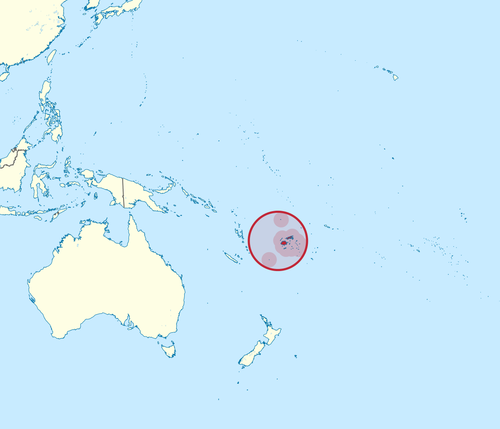
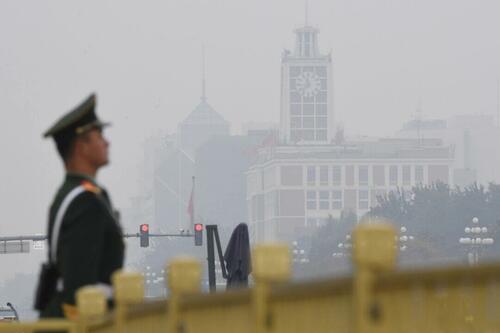 A Chinese paramilitary policeman stands guard in Tiananmen Square before the introduction of the Communist Party of China's Politburo Standing Committee, the nation's top decision-making body, on a polluted day in Beijing on Oct. 25, 2017. Greg Baker/AFP via Getty Images
A Chinese paramilitary policeman stands guard in Tiananmen Square before the introduction of the Communist Party of China's Politburo Standing Committee, the nation's top decision-making body, on a polluted day in Beijing on Oct. 25, 2017. Greg Baker/AFP via Getty Images
